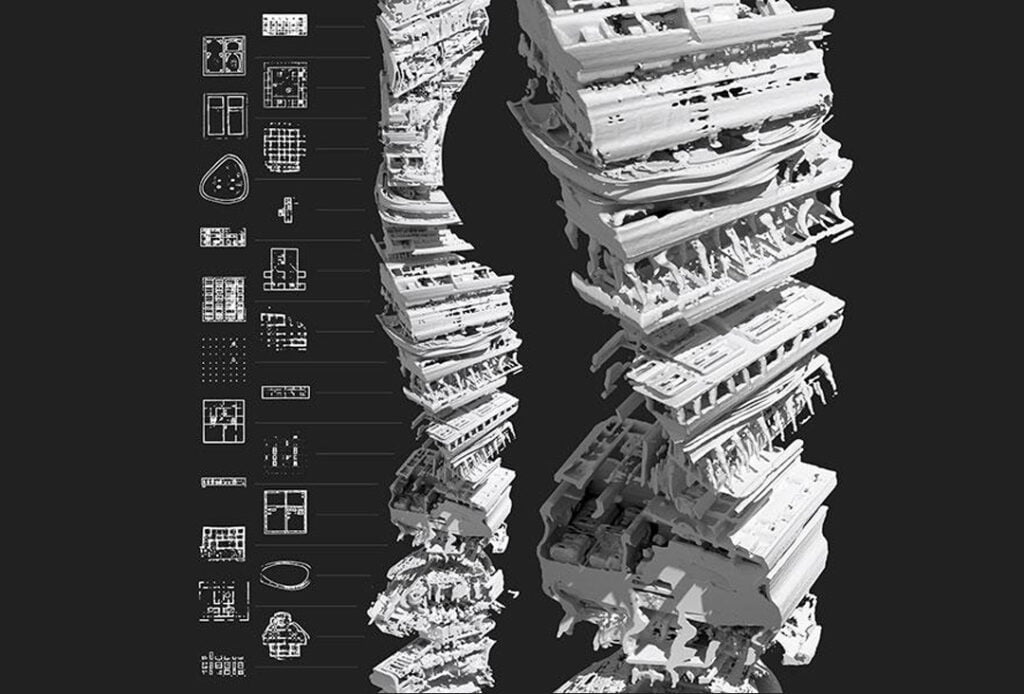Revolutionizing Architecture: The Transformative Role of AI in the Field
In the ever-evolving landscape of technology, artificial intelligence (AI) has emerged as a catalyst for change in various industries. One such field that is undergoing a significant transformation is architecture. As architects and designers harness the power of AI, they are redefining how buildings are conceptualized, designed, and constructed. This technological revolution is not only streamlining traditional processes but also opening up new avenues for creativity and innovation.

AI in Design: Shaping the Creative Process
The design phase of architecture is where the seeds of innovation are sown. AI augments this phase by offering tools that empower architects to explore new dimensions of creativity. Generative design, a prime example of AI’s impact, involves inputting design parameters and allowing AI algorithms to generate a myriad of design options based on those criteria. This approach encourages unconventional thinking and presents architects with possibilities they might not have considered.
Furthermore, AI-driven design tools can analyze vast datasets of historical architectural styles, materials, and cultural influences. By doing so, architects can draw inspiration from diverse sources and create buildings that are culturally sensitive and responsive to their surroundings. AI’s capacity to sift through copious amounts of information and identify patterns makes it an invaluable partner in the early stages of design.

Enhancing Sustainability and Efficiency
Sustainability is a cornerstone of modern architecture, and AI is playing a pivotal role in advancing green practices. AI algorithms can assess various factors such as climate data, energy consumption patterns, and local materials availability to optimize building designs for energy efficiency. This leads to structures that consume less energy and have a reduced environmental footprint.
Additionally, AI aids in optimizing building layouts for maximum natural light exposure and ventilation, reducing the need for artificial lighting and HVAC systems. By simulating different scenarios and predicting the impact of design choices, architects can make informed decisions that align with sustainable goals.
From Concept to Reality: AI in Construction
The integration of AI in architecture goes beyond design and extends to the construction phase. AI-powered construction robots equipped with sensors and cameras can perform tasks that are dangerous or time-consuming for humans. These robots can efficiently lay bricks, pour concrete, and even perform inspections, enhancing both safety and speed on construction sites.
AI-driven project management tools assist in optimizing construction schedules, resource allocation, and budget management. Predictive analytics help identify potential delays or cost overruns, allowing project managers to take proactive measures. This technology streamlines communication between stakeholders, ensuring that everyone is on the same page and contributing to the project’s success.
The Future of AI in Architecture: Challenges and Prospects
Despite its numerous benefits, the integration of AI in architecture also presents challenges. One significant concern is the potential erosion of the human touch in design. While AI can generate designs based on algorithms and data, the artistic intuition and human connection that architects bring to their work remain irreplaceable.
Moreover, as with any technological advancement, there are considerations related to data privacy, security, and bias. Architects must be vigilant in ensuring that AI-driven decisions align with ethical and societal norms.
Looking ahead, the trajectory of AI in architecture is both exciting and promising. As AI algorithms become more sophisticated, architects will be able to experiment with even more complex design forms and materials. The fusion of AI with technologies like augmented reality (AR) and virtual reality (VR) will allow clients and stakeholders to experience architectural designs in immersive ways before construction begins.
In the AI-infused future of architecture, creativity and innovation will continue to flourish. Architects will be empowered by AI tools to push the boundaries of what is possible, creating buildings that not only serve their functional purposes but also resonate with the human spirit. As we navigate this architectural renaissance, the collaboration between human ingenuity and AI’s computational prowess will shape skylines and cityscapes that mirror our aspirations and dreams.
